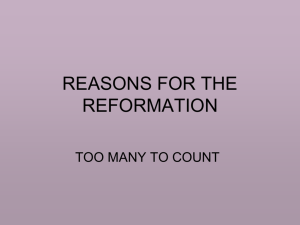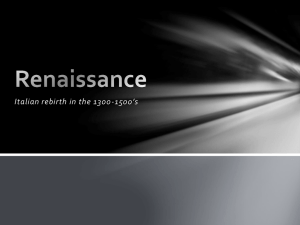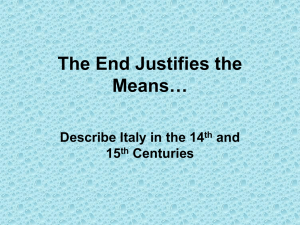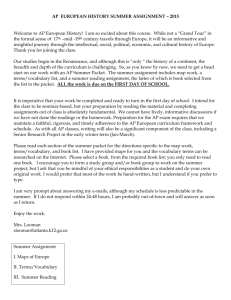The World of Savonarola: illustrations, ISBN 0754602508
advertisement
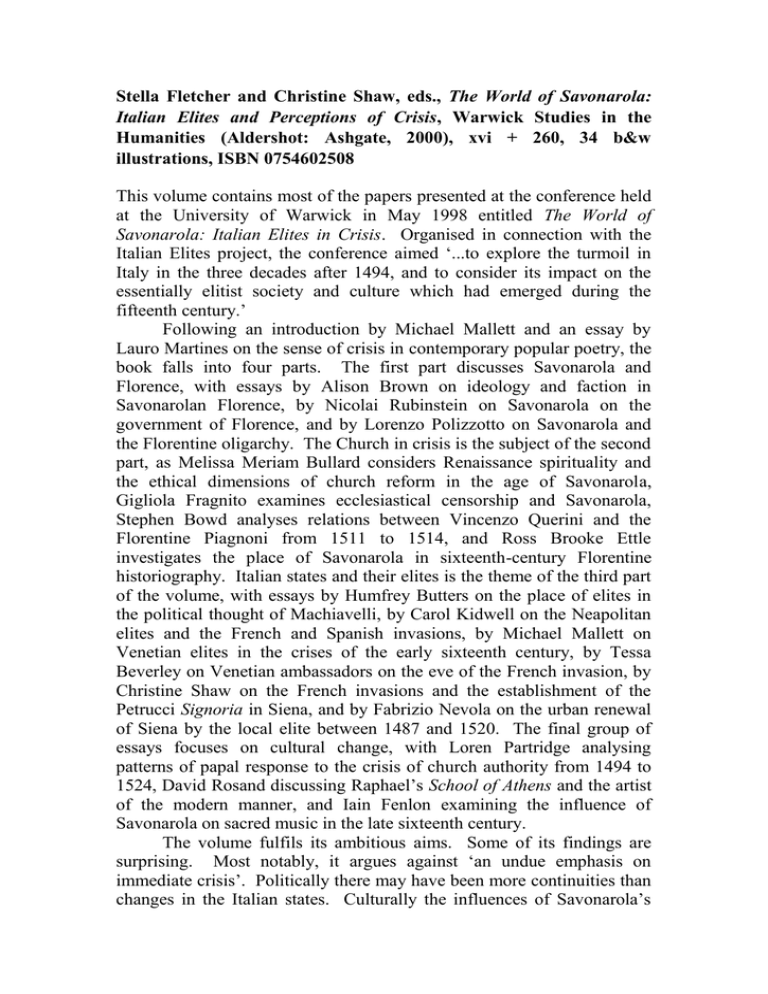
Stella Fletcher and Christine Shaw, eds., The World of Savonarola: Italian Elites and Perceptions of Crisis, Warwick Studies in the Humanities (Aldershot: Ashgate, 2000), xvi + 260, 34 b&w illustrations, ISBN 0754602508 This volume contains most of the papers presented at the conference held at the University of Warwick in May 1998 entitled The World of Savonarola: Italian Elites in Crisis. Organised in connection with the Italian Elites project, the conference aimed ‘...to explore the turmoil in Italy in the three decades after 1494, and to consider its impact on the essentially elitist society and culture which had emerged during the fifteenth century.’ Following an introduction by Michael Mallett and an essay by Lauro Martines on the sense of crisis in contemporary popular poetry, the book falls into four parts. The first part discusses Savonarola and Florence, with essays by Alison Brown on ideology and faction in Savonarolan Florence, by Nicolai Rubinstein on Savonarola on the government of Florence, and by Lorenzo Polizzotto on Savonarola and the Florentine oligarchy. The Church in crisis is the subject of the second part, as Melissa Meriam Bullard considers Renaissance spirituality and the ethical dimensions of church reform in the age of Savonarola, Gigliola Fragnito examines ecclesiastical censorship and Savonarola, Stephen Bowd analyses relations between Vincenzo Querini and the Florentine Piagnoni from 1511 to 1514, and Ross Brooke Ettle investigates the place of Savonarola in sixteenth-century Florentine historiography. Italian states and their elites is the theme of the third part of the volume, with essays by Humfrey Butters on the place of elites in the political thought of Machiavelli, by Carol Kidwell on the Neapolitan elites and the French and Spanish invasions, by Michael Mallett on Venetian elites in the crises of the early sixteenth century, by Tessa Beverley on Venetian ambassadors on the eve of the French invasion, by Christine Shaw on the French invasions and the establishment of the Petrucci Signoria in Siena, and by Fabrizio Nevola on the urban renewal of Siena by the local elite between 1487 and 1520. The final group of essays focuses on cultural change, with Loren Partridge analysing patterns of papal response to the crisis of church authority from 1494 to 1524, David Rosand discussing Raphael’s School of Athens and the artist of the modern manner, and Iain Fenlon examining the influence of Savonarola on sacred music in the late sixteenth century. The volume fulfils its ambitious aims. Some of its findings are surprising. Most notably, it argues against ‘an undue emphasis on immediate crisis’. Politically there may have been more continuities than changes in the Italian states. Culturally the influences of Savonarola’s ideas and writings were felt throughout the sixteenth century. All in all, this volume makes a significant contribution to our understanding of a key period of Italian history. Jonathan Davies University of Warwick
